
Vietnam to review over 20 years of Resolution 36 on overseas Vietnamese
19:05 | 23/03/2025 16:32 | 23/12/2025News and Events
Green shoots from harsh soil
In the remote western frontier of Vietnam, Tuan Giao District, located in Dien Bien Province and home mainly to Thai, Hmong, and Kho Mu ethnic groups, is a land still mired in hardship.
But a quiet transformation is underway. Without fanfare or show, change begins with the shifting colors of the forest, where macadamia trees, once seen as exotic, now spread their canopy across steep hillsides and sprouts into villages with growing promise.
Macadamia trees began taking root in Dien Bien Province in 2013. With its favorable land and climate conditions, Dien Bien was among the provinces approved for the macadamia development plan in the Northwestern and Central Highlands regions through 2020, with development potential extending to 2030. As of early 2025, Dien Bien Province has developed over 10,700 hectares of macadamia trees, including 3,400 new hectares planted in 2024.
In communes like Quai To, Mun Chung, and Tenh Phong, places once known only for corn and cassava on degraded slopes, rows of serene green macadamia groves now rise. Thanks to a year-round cool climate, elevations ranging from 600 to 1,200 meters, and loose, humus-rich soil, Tuan Giao is recognized as one of the “core growth zones” most ideally suited to macadamia in Dien Bien.
To date, the district boasts over 1,500 hectares of macadamia trees, accounting for nearly 30 percent of the province"s total planting area. This figure is more than just a result of crop restructuring; it symbolizes a shift in mindset among highland farmers, from traditional subsistence to market-oriented production.
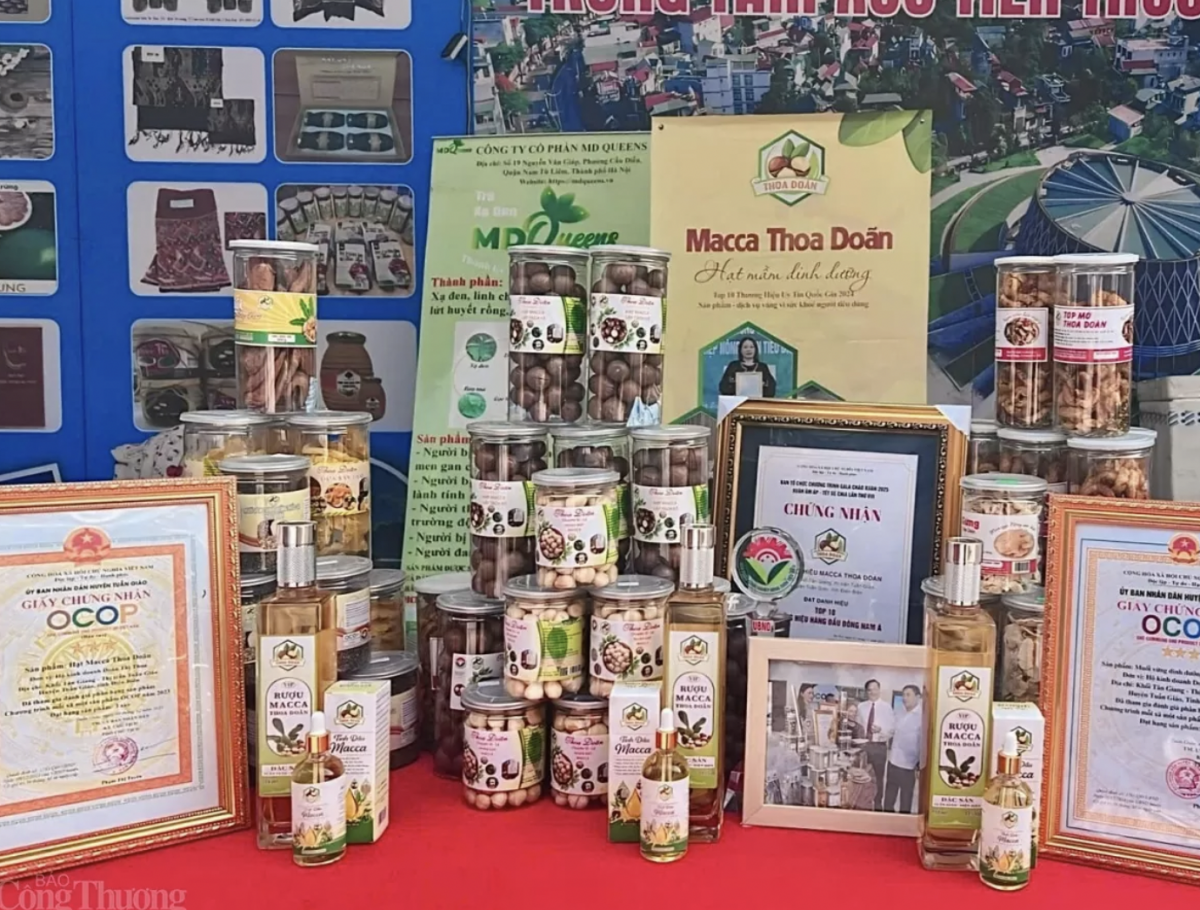 |
| At present, the sale of macadamia nuts grown in Tuan Giao District relies heavily on traders. Photo: Ngoc Hoa |
Despite favorable natural conditions, market access remains a pressing concern. Most macadamia nuts are currently sold raw, unlabeled, and unprocessed. Due to being traditionally harvested without sorting or proper storage, the nuts vary in quality and are easily underpriced.
At present, the sale of macadamia nuts grown in Tuan Giao District relies heavily on traders. When prices peak, raw nuts fetch from VND 110,000 to 120,000 per kilogram; in downturns, they can drop to as low as VND 70,000. This is in stark contrast to the high cost of investment in macadamia cultivation, which often double the cost of growing corn or cassava. Local farmers may know how to grow, but they still don’t know where and how to sell.
Though macadamia was once seen as a key to better livelihoods, many ethnic households now face a harsh reality: No long-term contracts, unclear quality standards, and a limited access to professional distribution networks.
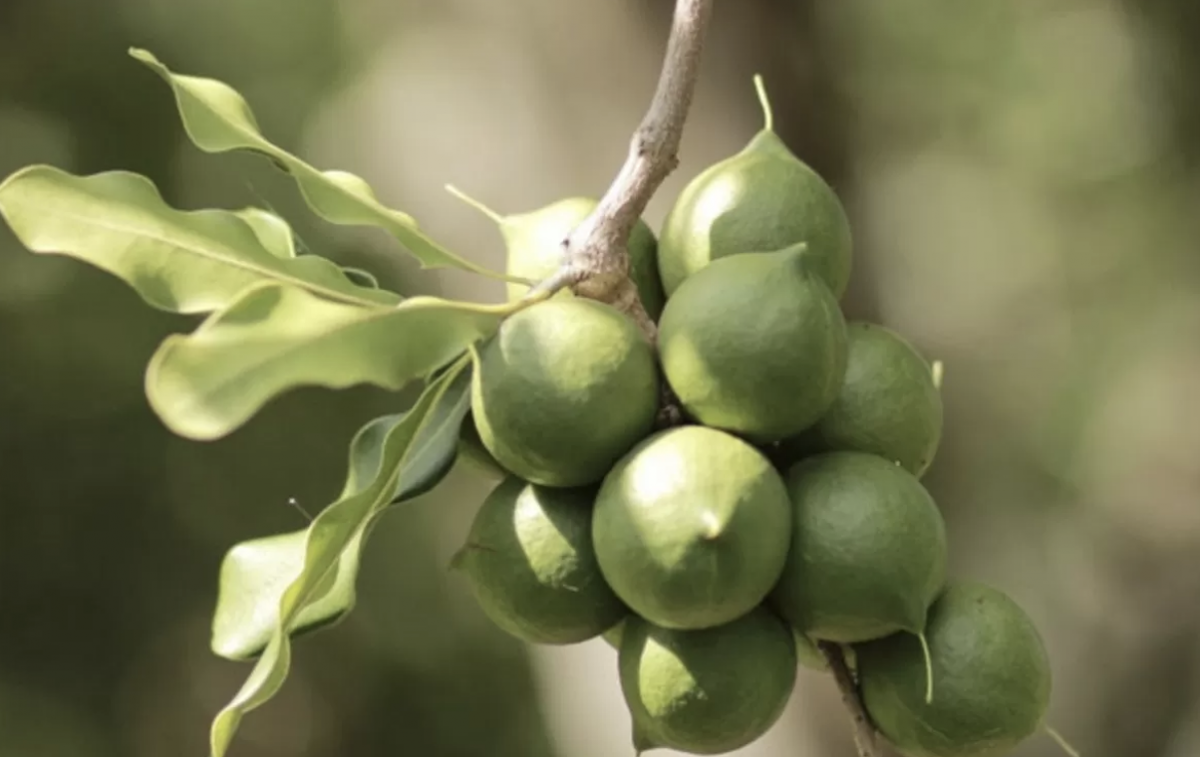 |
| In the remote western frontier of the country, Tuan Giao District, a land still mired in hardship and home mainly to Thai, Hmong, and Kho Mu ethnic groups, quiet transformation is underway. |
To combat this, experts have pointed to three major bottlenecks hindering the macadamia industry’s growth in the distric:
First, the lack of strong linkages across the value chain. Many villagers still rely on small-scale, fragmented cultivation and sell to traders in a passive manner, leaving prices at the mercy of the market. Cooperatives have begun to form, but remain scattered, technically weak, and lack the capacity for storage in bulk. The production and consumption chain remains like a loosely connected circuit, intermittent and unstable, failing to fully harness and transmit the potential of this promising raw material.
Second, gaps in processing and storage techniques. Post-harvest macadamia nuts are rarely sorted properly, typically sun-dried by hand, prone to mold and cracking, which diminishes them in both quality and value. Many highland households have never received formal technical training, while market and enterprise demands are becoming increasingly stringent. Within that value chain, Tuan Giao District’s macadamias remain at the most rudimentary stage of development.
Third, a lack of identity in a fiercely competitive market. Tuan Giao District’s macadamias are still indistinguishable from those of the Central Highlands, Lam Dong Province, or even imports from Australia and South Africa. Without branding, geographical indication, or distinctive identity, these highland nuts cannot yet carve a place for themselves in the market. Without a distinct name and identity, Tuan Giao's macademia will be unable to reach the market with a better price.
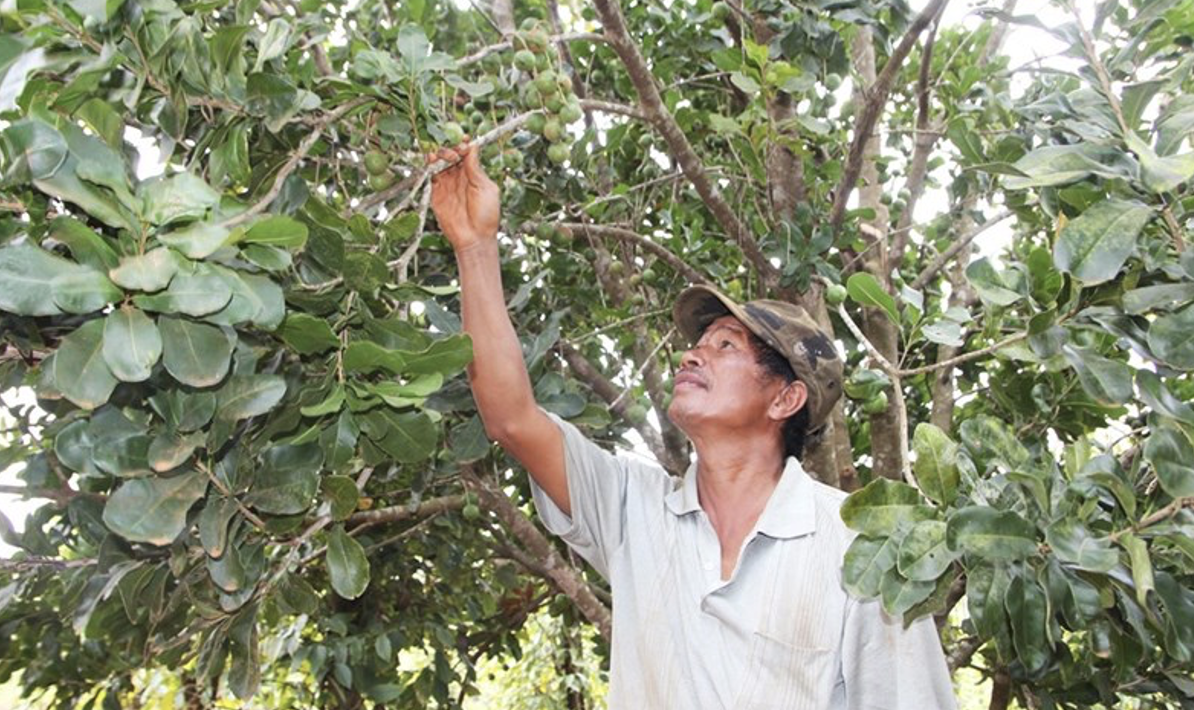 |
| Macadamia trees began taking root in Dien Bien Province in 2013. Photo: Bao Lam |
From a shift in mindset to an aspiration to connect
Despite this, some macadamia farming households in Hang Tau, Phang, and Tenh Phong villages of Tuan Giao have begun receiving basic training in sorting, drying, and preservation. The Quai To Agricultural Cooperative has taken the initiative to partner with enterprises for purchasing high-quality raw nuts. A few farmer groups have started leveraging social media, creating fan pages and livestreaming to introduce salted roasted macadamia nuts to urban consumers.
“Macadamias are delicious but unfamiliar. We have to learn to sell. We can’t just wait for customers to come,” shared Lo Thi Dung, a resident of Mun Chung Commune.
The farmers' production mindsets are beginning to shift too. Many households now realize that to fetch better prices, they must produce not just crops, but commodities. Sorting, packaging, and preservation are now mandatory steps for those seeking market access.
The story of macadamia in Tuan Giao proves that local people are ready for change, but turning macadamia into a flagship commodity still faces numerous hurdles, with the road to realizing the dream of a "macadamia capital” remains winding and uncertain. The plant may have taken root in the soil, but to truly embed itself in the market requires a lot of work to be done.
According to Doan Thi Thoa, representative of the Thoa Doan Macadamia Joint Stock Company, financial support lies at the heart of this problem. “Limited investment resources are making it hard for both farmers and businesses to expand raw material zones and invest in deep-processing technologies. We urgently need a flexible credit mechanism that aligns closely with the conditions of highland areas, so that macadamia isn’t just a promising crop, but a truly competitive commodity,” she said.
While awaiting supportive policies, Doan Thi Thoa’s company continues to buy fresh macadamia nuts from local farmers at stable prices. However, what weighs heavily on her mind is the unfulfilled potential of value-added processing. “Right now, the nuts are mostly sold raw. If we could build a local processing facility close to the farms, the product’s value would increase manifold. That’s not only what businesses hope for, but also what farmers are eagerly waiting for.”
So how can macadamia be both high-yield and high-value? How can growers avoid being underpaid or forced to sell through intermediaries? How can Tuan Giao District’s macadamia establish a distinct identity and claim its rightful place among highland specialties?
These questions will be explored in Part 2 of this article, where local authorities will offer concrete answers and outline policies aimed at turning Tuan Giao into a macadamia capital of Vietnam’s Northwestern region.
| With 13 projects led by 11 enterprises, Tuan Giao is steadily working toward expanding the planned macadamia cultivation area to more than 61,000 hectares in the coming years. Notably, the province is promoting the development of macadamia cultivation through a centralized model, linked with deep processing and sustainable market access, in order to enhance the added value of the local agricultural sector. |

19:05 | 23/03/2025 16:32 | 23/12/2025News and Events

19:05 | 23/03/2025 16:30 | 23/12/2025Trade
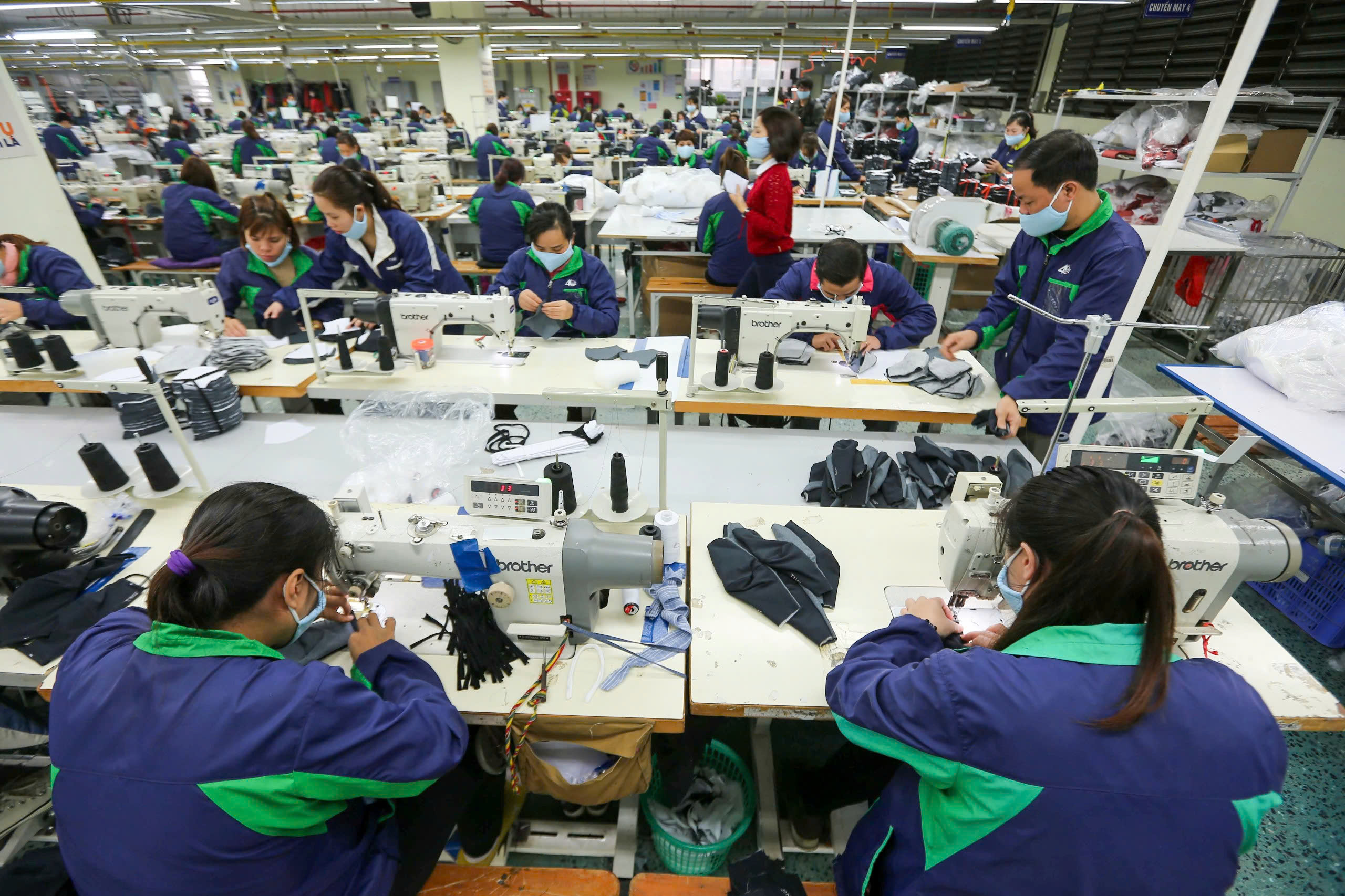
19:05 | 23/03/2025 23:26 | 22/12/2025Industry
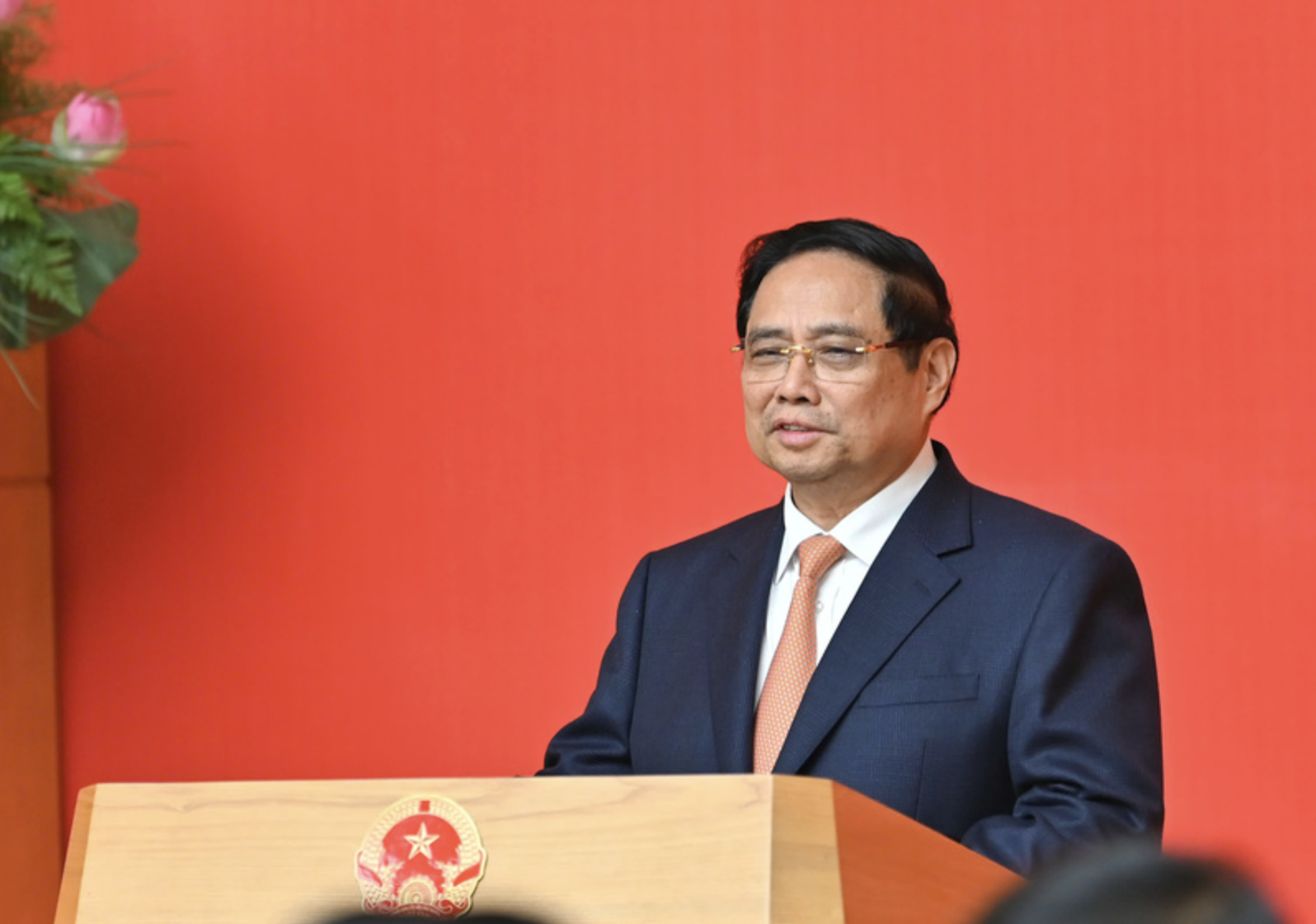
19:05 | 23/03/2025 23:19 | 22/12/2025News and Events
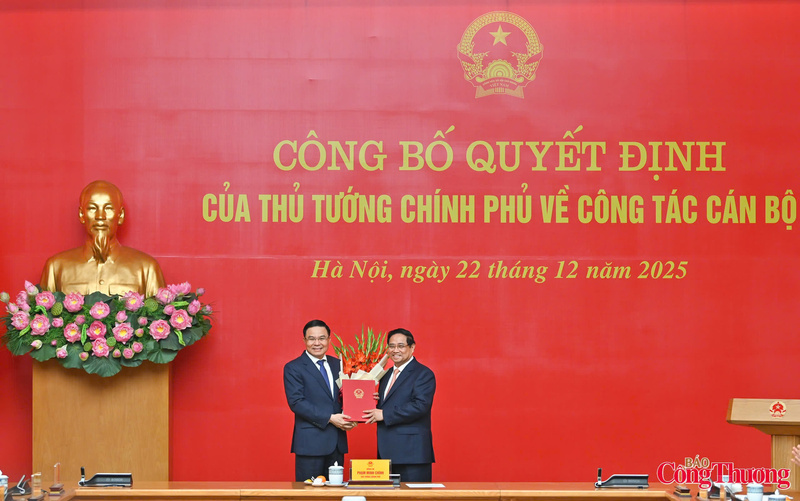
19:05 | 23/03/2025 14:41 | 22/12/2025News and Events